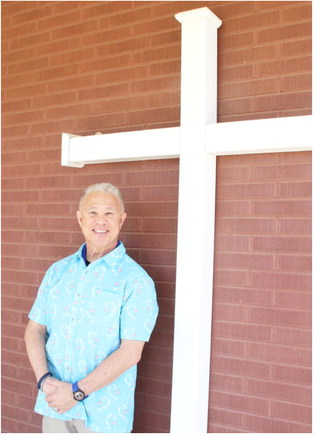Court Sides With Knudsen, Kills Tax Cap Initiative
The Montana Supreme Court last week upheld Attorney General Austin Knudsen’s decision to block a proposed ballot initiative that could have asked Montana voters to place a hard cap on property tax collections next year.
Modeled on California’s landmark Prop 13, the initiative would have capped property tax collections for specific properties at 1% of their assessed value. It would also have limited how fast those valuations can grow to 2% a year, except for properties that are sold or remodeled.
The measure had been advanced by a group of anti-tax activists led by Bozeman attorney Matt Monforton, who had sought approval to begin gathering the 60,359 signatures necessary to place it on the 2024 ballot.
It had drawn opposition from major institutional stakeholder groups, including the Montana Federation of Public Employees, the Montana Association of Realtors, the Montana Bankers Association, the Montana Chamber of Commerce, the Montana Building Industry Association, the Montana League of Cities and Towns, the Montana Association of Counties and the Montana Quality Education Coalition.
A financial analysis prepared by Gov. Greg Gianforte’s budget office estimated the proposal would reduce property tax collections by 88%, or $1.5 billion a year. Monforton disputed that analysis, maintaining the state Legislature would have been able to mitigate that impact.
Knudsen, a Republican, blocked the proposal in June by declaring the ballot measure’s language “legally insufficient” on the basis of it violating a constitutional provision that requires ballot measures to address one topic at a time. Monforton responded by appealing that decision to the state Supreme Court.
The seven-member court sided unanimously with the attorney general, concluding that different portions of the proposed initiative, Ballot Initiative 2, would need to be put before voters separately. The proposed initiative, justices noted, touched on government functions currently spread between the Montana Department of Revenue, which values property for tax purposes; the state Legislature, which determines how much different classes of properties should pay relative to one another; and local governments, which set the tax rates necessary to support their budgets.
“To be sure, very few policy and administrative determinations are so conjoined, but Montana’s property tax is premised upon the unique uniting of these separate decisions made by independent processes,” Justice Jim Rice wrote on behalf of the court.
A similar proposal advanced by Monforton and others, Constitutional Initiative 121, was cleared for signature gathering but failed to collect the necessary signatures to make the ballot in 2022.
“We’re looking to revise the initiative and resubmit it,” Monforton said.

